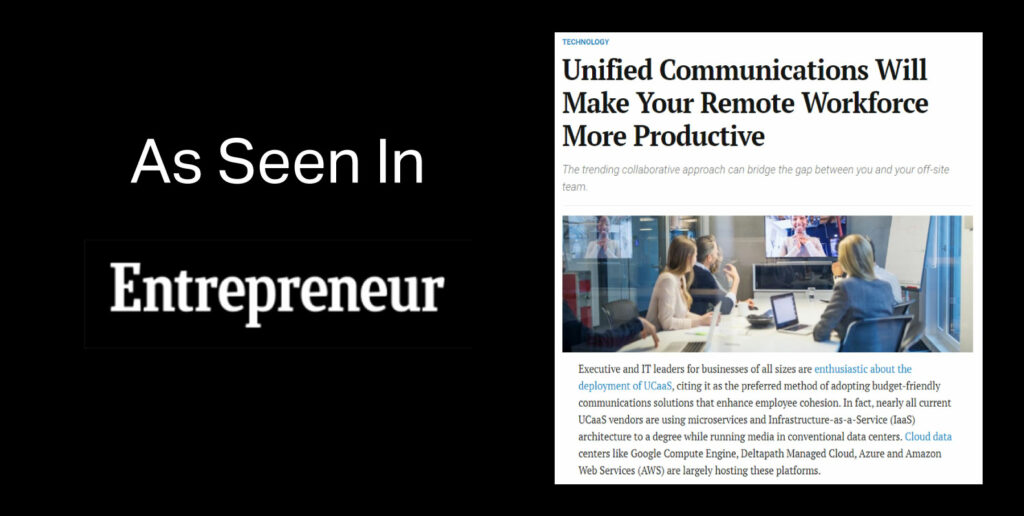
The trending collaborative approach can bridge the gap between you and your off-site team.
Thanks to international clients, flexible work options for employees, increased travel in a global market and the surging gig economy, a digital workspace is now a cornerstone of the modern business office. One struggle that organizational leaders face in their respective digital-workspace environments is fostering a sense of connectedness. A recent story from Small Business Trends indicates that 70 percent of remote employees feel left out of the workplace. Compounding this fundamental issue is the fact that many organizations are working with limited budgets for what is often an ever-expanding feature, according to the 2018 CMS Wire Digital Workplace Survey. The ongoing battle to fund competing initiatives or departments is one of the highest-ranking obstacles to developing an optimal digital workspace.
As a rapidly increasing number of employees work remotely and organizations begin to scale, the need for collaborative communication solutions beyond the usual Google Hangouts or Zoom is quickly becoming a top priority. The search for solutions to create a thriving digital workspace that fosters a sense of inclusion with office-based employees and the general atmosphere of the office has led to unified communications (UC) tools that add value for everyone, whether they’re in the same office or on the other side of the world. Top business and technology-advisory firm Gartner has explored trends in the UC universe and found that companies are expanding its range beyond the on-premises models to move to the cloud, opting for UC-as-a-Service (UCaaS). That shift is happening rapidly, since there is little additional investment required to move to a cloud-based solution according to the UC Magic Quadrant for UCaaS via Gartner.
Executive and IT leaders for businesses of all sizes are enthusiastic about the deployment of UCaaS, citing it as the preferred method of adopting budget-friendly communications solutions that enhance employee cohesion. In fact, nearly all current UCaaS vendors are using microservices and Infrastructure-as-a-Service (IaaS) architecture to a degree while running media in conventional data centers. Cloud data centers like Google Compute Engine, Deltapath Managed Cloud, Azure and Amazon Web Services (AWS) are largely hosting these platforms.
Four emerging trends provide organizational leaders exploring UCaaS with a good foundation in their search:
- Globalization. Given the need to reach employees and consultants in remote locations around the world, most providers offer global capacities.
- Improved Interfaces for Enhanced User Experience. Improved dashboards, tools and portals make use easier for everyone.
- Workstream Collaboration. A highlight in UCaaS trends involves workstream collaboration, which provides notifications, messaging, bots and tools that allow teams to effortlessly communicate — in private or via group chats — throughout the life of a specialized project.
- Video-Focused User Experiences. Key video improvements include high-definition resolution, collaboration-friendly features and the ability to invite large numbers of participants for video conferences, meetings and calls.
UC innovators continue to examine the needs of today’s business clients and work to answer the most pressing challenges. The latest trends are set to bring UC up to speed to allow executives and IT teams to streamline communications for a better employee experience, which ultimately translates to better client experience and brand reputation.
